How Sneakers Became Status Symbols
Once relegated to gym lockers and basketball courts, sneakers have undergone a dramatic evolution—from utilitarian footwear to luxury fashion centerpiece. Today’s sneaker isn’t just about comfort or performance; it’s a social signal, a statement, a symbol of identity and access. Over the past two decades, fueled by the collision of hip-hop culture, celebrity endorsements, and streetwear’s mainstream breakthrough, sneakers have transformed into cultural artifacts. Michael Jordan’s panda may have kicked off the hype in the ’80s, but the modern sneaker game is ruled by multi-thousand-dollar resale markets, designer collaborations, and exclusive drops. In 2025, sneakers are no longer just shoes—they are the modern equivalent of a Rolex watch, a Birkin bag, or a luxury car. They say something about who you are, what you value, and how connected you are to the culture.
The Power of the Drop
One of the driving forces behind the status-symbol transformation is the drop culture. Brands like Nike, Adidas, and Yeezy, along with streetwear powerhouses like Supreme and BAPE, have perfected the art of limited releases. The psychological pull of scarcity—combined with internet hype, social media buzz, and influencer marketing—creates the perfect storm. Drops are designed to sell out in seconds, making ownership a badge of honor. For many, scoring a coveted pair like the Dior x Air Jordan 1 or a Travis Scott Nike collab isn’t just a win—it’s a flex. These aren’t sneakers you wear to beat up; they’re museum pieces, worn with calculated precision, often saved for special occasions, or never worn at all. The drop game fuels exclusivity, and exclusivity breeds value—both financial and social.
Designers, Celebs & Streetwear Icons
The modern sneaker status symbol is often born from collaboration. Luxury brands like Balenciaga, Louis Vuitton, and Prada have entered the sneaker space not just to diversify their product lines but to align with the younger, street-conscious consumer. Think about the groundbreaking Louis Vuitton x Nike Air Force 1s designed by the late Virgil Abloh—limited to just a few thousand pairs and now auctioned for tens of thousands of dollars. These sneakers represent a fusion of high fashion and street culture, legitimizing sneakers as luxury goods. On the other side, hip-hop artists, athletes, and influencers are crafting their own kicks with the biggest brands in the world. Whether it’s Kanye West’s Yeezys, Travis Scott’s reverse swooshes, or J Balvin’s vibrant Air Jordans, sneaker collaborations now mirror the kind of anticipation and prestige that once surrounded haute couture shows.
Sneakers as Investment Assets
Status isn’t always about wearing sneakers—it’s about owning them. A parallel economy has emerged around sneakers as assets, not unlike rare art or fine wine. Platforms like StockX, GOAT, and Stadium Goods have created massive marketplaces for limited-edition sneakers, with values appreciating based on condition, rarity, and cultural significance. Some pairs, like the original Nike Air Mags inspired by Back to the Future, sell for over $50,000. It’s not uncommon to see sneakerheads with portfolios worth six figures, some of whom never intend to wear the shoes. Like NFTs or luxury watches, sneakers are now financial tools—liquid assets that can be traded, flipped, or held for long-term value. In 2025, being a sneaker collector can be just as impressive (and profitable) as owning stock in Tesla or art from Banksy.
If You Don’t Post It, Did You Even Cop It?
Social media, especially Instagram and TikTok, plays an outsized role in solidifying sneakers as status symbols. A sneaker isn’t just a fashion choice—it’s content. Influencers and everyday users alike show off their heat through detailed unboxings, styled fit pics, or aesthetic men’s panda dunks sneaker shelves. Hashtags like #Sneakerhead, #SneakerFlex, and #OnFeet are flooded with thousands of daily posts. And the more exclusive the sneaker, the more engagement it tends to get. In this age of clout, digital validation elevates the sneaker beyond fashion. Even platforms like Threads and YouTube Shorts are driving niche content around sneaker culture—reviewers, stylists, and resellers building entire brands off the back of kicks. If a sneaker drops and you didn’t post it on the ‘Gram, did it even happen?
Luxury Brands Are Rewriting Sneaker Status
Luxury fashion houses are no longer just dabbling in sneakers—they’re dominating. From Balenciaga’s oversized Triple S to Gucci’s iconic Ace sneaker, luxury brands have crafted silhouettes that are as recognizable as any Jordan. These aren’t designed for the track; they’re meant for the runway. Louis Vuitton’s skate-inspired silhouettes or Dior’s sleek B27s have become status footwear for the global elite. In places like Dubai, Seoul, New York, and Paris, it’s not unusual to see head-to-toe designer fits anchored by a $1,500 pair of sneakers. And with Gen Z valuing comfort and authenticity alongside aesthetics, luxury labels have had to adapt—combining craftsmanship with street sensibility. This crossover has elevated the sneaker from casualwear to couture, legitimizing it in high fashion circles and making it even more desirable.
Sneakers for Everyone, Prestige for All
In contrast to many traditional luxury items historically marketed by gender, sneakers occupy a unique space: they’re for everyone. The rise of genderless fashion has only amplified this truth. Brands are releasing unisex sizes and campaigns that highlight fluid style identities. Sneakers as a status symbol work across boundaries—cultural, generational, even economic. Whether it’s a teen copping a coveted collab through months of saved allowance or a celebrity showing up at Fashion Week in a grailed pair, the respect is universal. In 2025, the sneaker flex is democratic in principle, even if it remains exclusive in access. This universality is part of its power—sneakers speak a fashion language that transcends gender norms, which only adds to their cultural relevance and prestige.
Sustainability Meets Status: The Rise of Eco-Luxe Sneakers
The new wave of sneakerheads is increasingly conscious—not just about aesthetics, but ethics. And brands are responding with eco-conscious luxury sneakers that combine sustainability with status. Veja, Allbirds, and Stella McCartney x Adidas lead this charge, but even Nike and Gucci have introduced plant-based materials, recycled leather, and zero-carbon practices in their collections. Suddenly, the flex isn’t just about how rare the shoe is—but how responsible it is. Owning a sustainable sneaker signals awareness and cultural alignment with global issues. In 2025, wearing climate-friendly kicks is its own form of flex—one that says you care about more than clout. It’s the next evolution in status: socially responsible style.
The Future of Sneaker Status
As fashion extends into digital realms, the next frontier of sneaker status lies in virtual ownership. Nike’s RTFKT and Adidas’ Into the Metaverse projects are crafting digital sneakers—NFTs that you can flex online, wear in games, or even pair with augmented reality outfits. This isn’t science fiction anymore—it’s the current wave. A Gen Z consumer might spend more on a virtual sneaker than a physical one because the flex potential online is exponentially bigger. With digital platforms evolving, owning rare sneaker NFTs may carry just as much clout as having a Travis Scott Air Jordan in your physical closet. As sneaker culture embraces tech, the very concept of “wearing” status is being rewritten.
Conclusion
In the modern fashion ecosystem, sneakers are far more than footwear—they’re identity, investment, influence, and innovation wrapped into one. They straddle the line between street and high society, offering a universal currency of cool across the globe. Whether you’re in it for the flex, the flip, the fit, or the future, one thing is clear: sneakers have cemented their place as the ultimate designer flex of our era. And in 2025, they show no signs of slowing down.




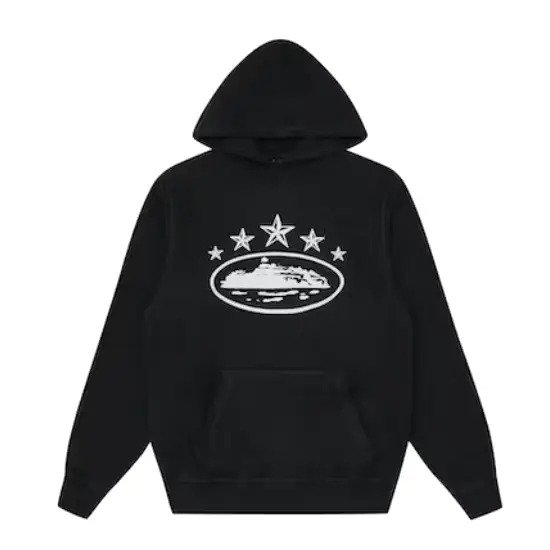
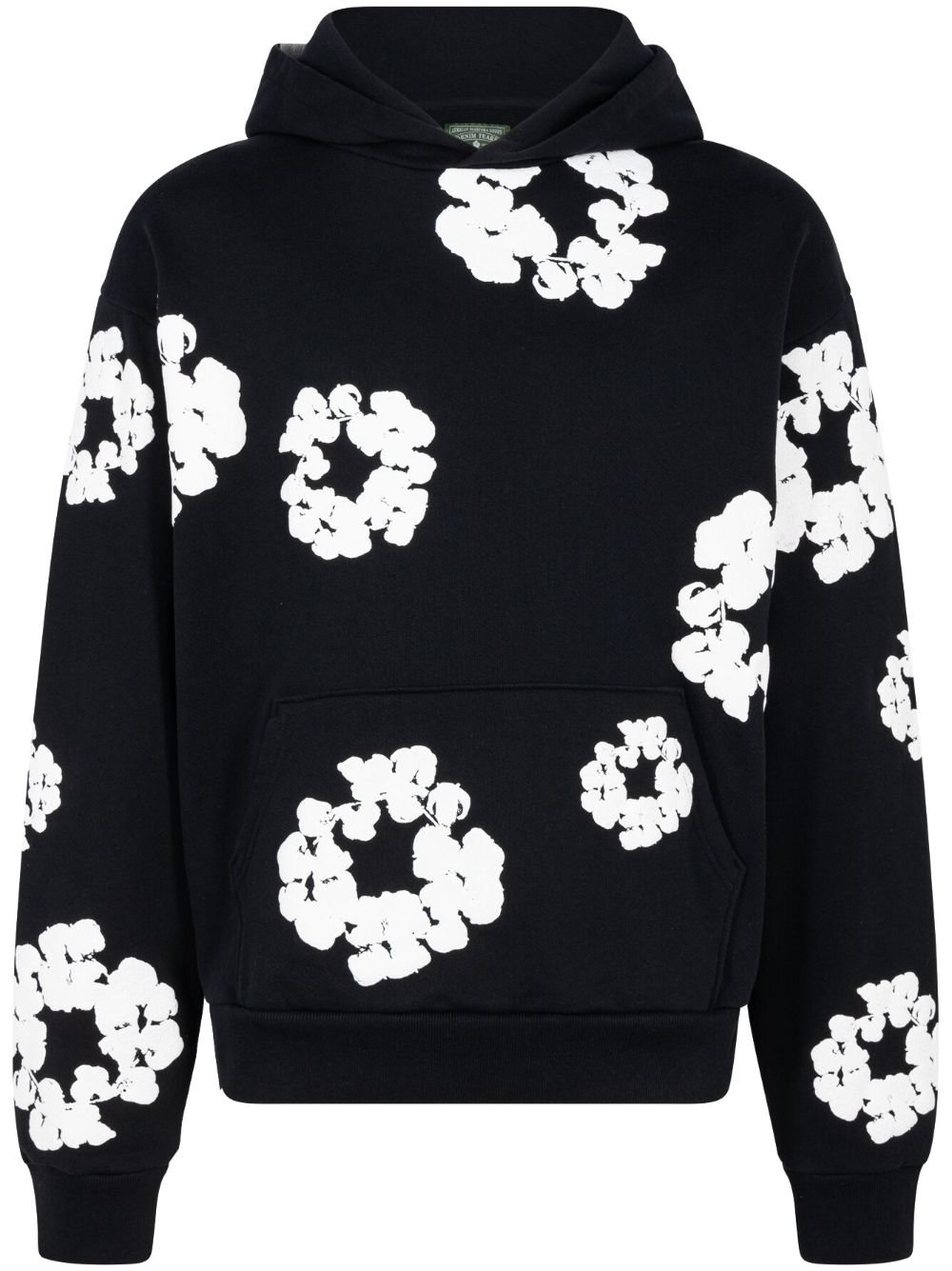
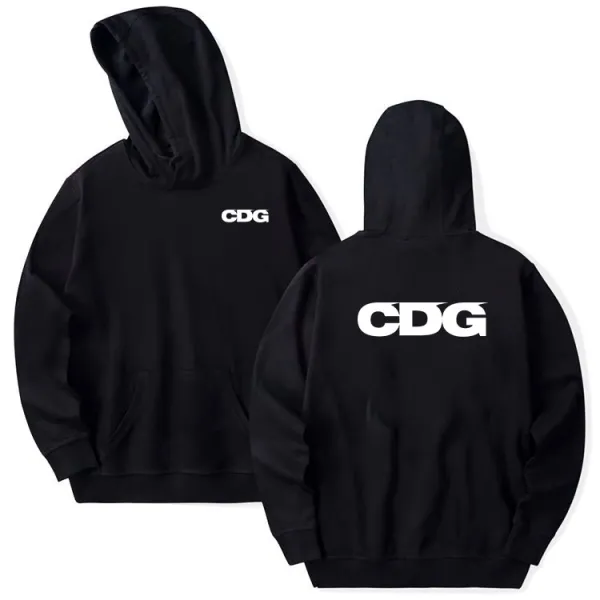



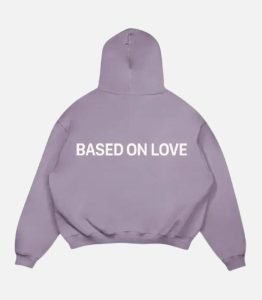
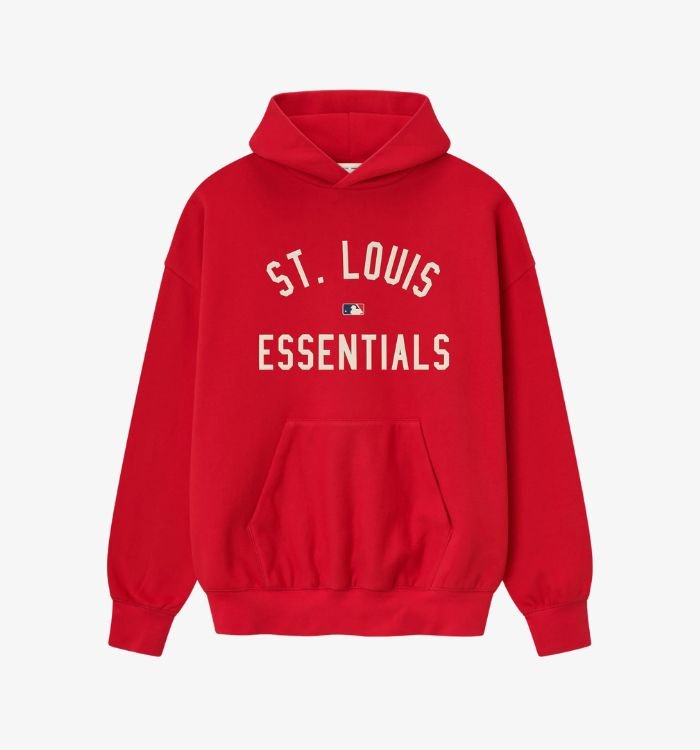
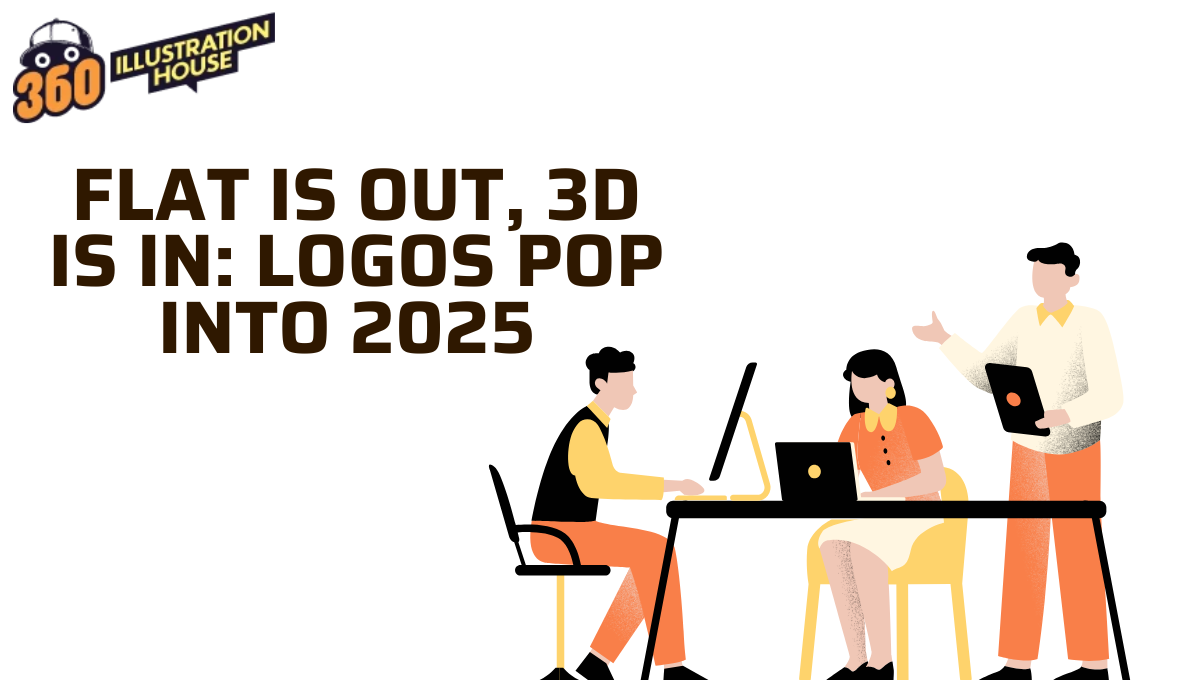



Leave a Reply